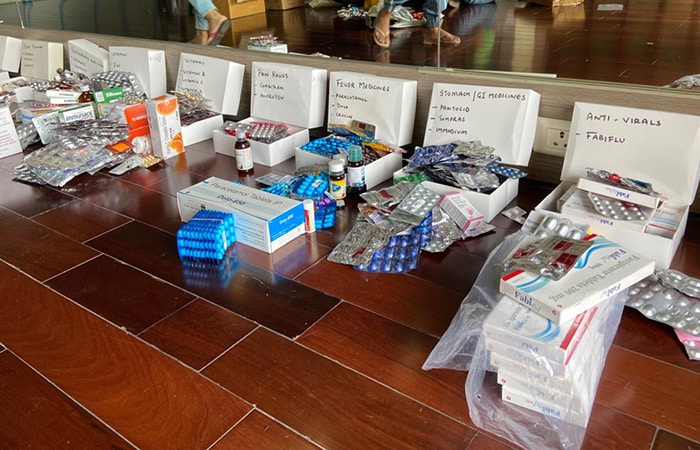COVID Warriors: Meds For More, A Mumbai Doctor Couple’s Initiative To Collect Unused COVID-19 Medicines
The second wave of the COVID-19 pandemic has affected almost everyone in one way or the other. As the second wave intensified and the number of people seeking help increased, a doctor couple from Mumbai - Dr Marcus Ranney and Dr Raina Ranney - decided to extend a helping hand by providing medicines to people. Together they started Meds For More, a citizen-led initiative to collect unused or leftover and unexpired medicines from COVID recovered patients and provide them to those in need. Here's how they have collected over 500 kgs of medicines.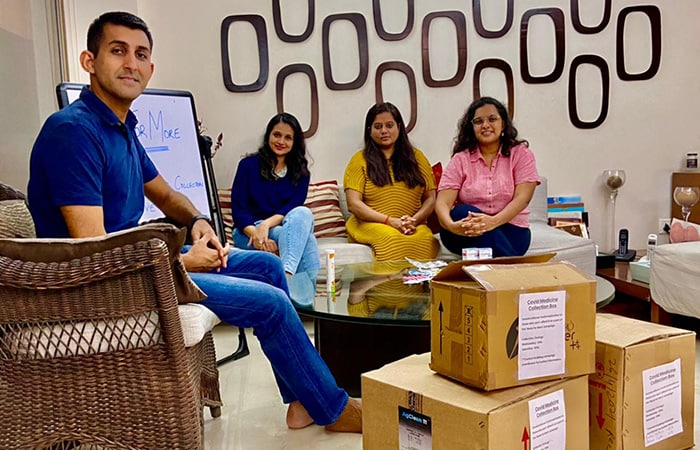
'On May 1, one of our household staffs' son was diagnosed with COVID-19 and he asked us if he can bring the report. While waiting for him, I was just chatting with my wife that you know some of these medicines are really expensive like Fabiflu so what can we do to help?', said Dr Marcus Ranney while recalling the idea behind Meds For More.
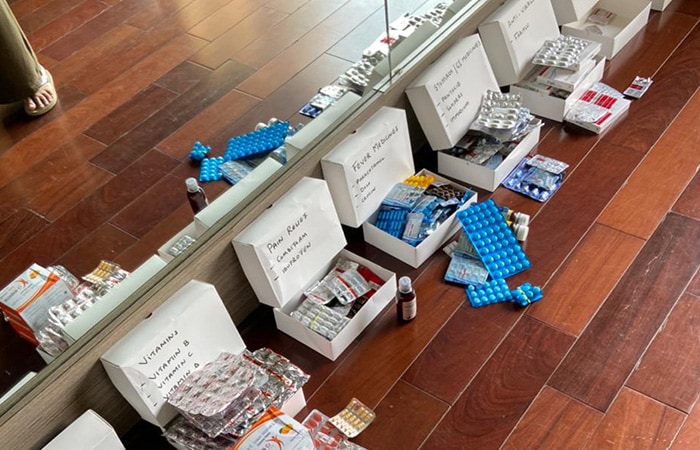

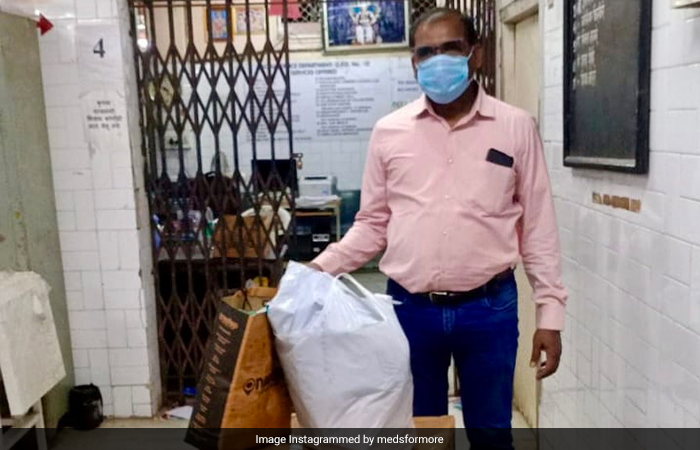

The initiative that started from one residential society in Mumbai is now present in 10 other cities across India. The idea is to collect the medicines from the cities where there is access and affordability amongst people and then divert these medicines towards rural areas where there is less access and affordability, said Dr Raina Ranney.
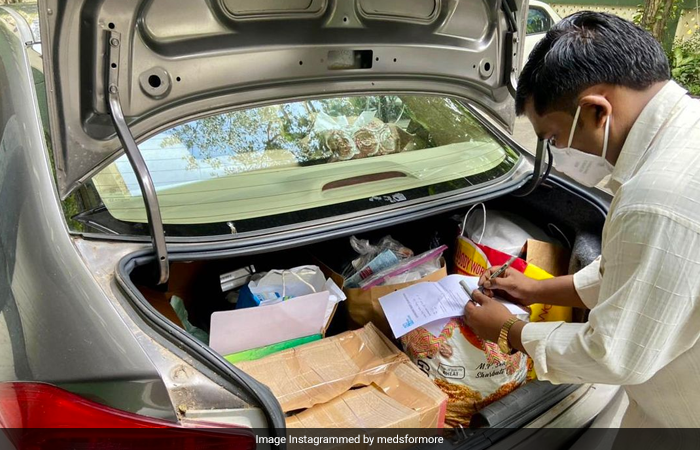
The medicines being collected include anything from pain relief, fever, steroids, fabiflu, anti-virals to anti-allergies. The collected medicines are screened, segregated and packed for transportation to NGO partners. From there, the medicines reach charitable trusts or primary healthcare centers in rural and tribal areas and ultimately people in need.
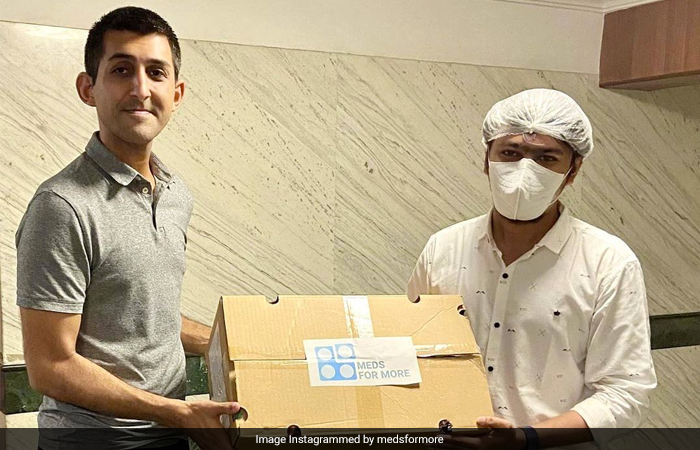
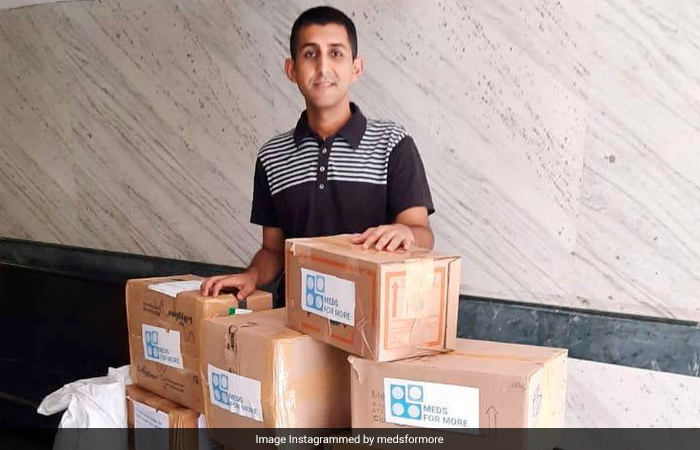
Talking about why this initiative is important, Dr Marcus Ranney, who worked as a frontline volunteer in the slums of Mumbai, during the first wave of the pandemic, said, 'I got to see firsthand the challenges that this virus had both in terms of people's lives on their health but also the livelihood effect in terms of the cost of medicines and the economics of it.'


